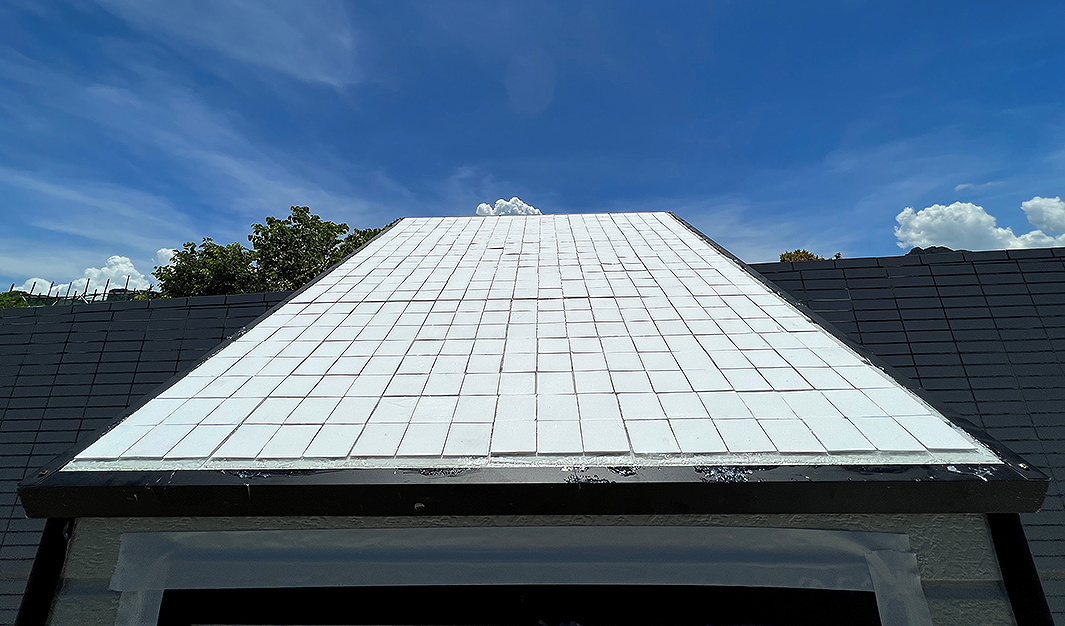According to the International Energy Agency (IEA) the United States will overtake Saudi Arabia and Russia as the world’s top oil producer by 2016. What’s more Canada is believed to have more natural resources than the United States. Two proposed pipelines, the Keystone Pipeline and the Gateway Pipeline bring up the question: how many pipelines do we have in North America and how many do we need?
There are already thousands of miles of pipeline moving oil, natural gas, and gasoline across North America so pipelines are nothing new. They move crude oil to petroleum refineries and natural gas to processing plants. And moving oil and gas by pipeline is the cheapest way to transport it over both short and long distances; it is also considered to be safest. When accidents do happen with pipelines the damage is typically very limited although a recent pipeline rupture in Michigan spilled more than 2 million gallons of oil into the Kalamazoo River. To put this in perspective, each year, hundreds of millions of gallons of crude oil and petroleum products are safely transported on thousands of miles of pipelines in the US. And for every pipeline incident there are 50 railway mishaps.
One could reasonably ask that if the US has such a large supply of resources why does it need any from Canada? In fact in 2011 the US was a net exporter of petroleum products (diesel fuel, gasoline, etc.) and exports were greater than imports for the first time in 60 years. But the US still relies on imports for about 45% of its total needs from far away markets in the Middle East and Russia which a politically unstable. Obtaining resources from Canada, its neighbor to the north, will most likely decrease the political influence of Middle Eastern countries and Russia and allow the U.S. to reduce its expensive military operations overseas.
Canada’s dilemma is that it has huge oil and natural gas resources but in order to bring them to market pipelines need to be built. A hard look was taken at transporting oil and natural gas by rail but it was determined that to fully develop Canada’s resources the two pipelines needed to be built.
1,179 mile Keystone XL Pipeline
TransCanada will build and manage the Keystone XL Pipeline and construction is expected to begin in 2013. The pipeline will run from Hardisty, Alberta to Steel City, Nebraska and has a completion date of 2015.
At issue with the Keystone pipeline is what to do with Canada’s bitumen, a black viscous mixture of hydrocarbons distilled from petroleum. Alberta Canada has vast resources of bitumen and the Keystone pipeline was planned so that the oil could be shipped to the United States.
The biggest supporters of the project are Canadian producers and US refiners who have signed agreements to ship hundreds of thousands of barrels a day to meet the needs of American consumers.
Some believe this oil to be more corrosive and toxic than other types of crude oil and needs to be heated to flow properly. However the oil will be transported at its natural temperature of 80-120 degrees Fahrenheit.
According to specifications the Keystone XL pipeline will be the newest, strongest and most advanced pipeline in operation in North America. Keystone XL will use pipe that needs and exceeds US Department of Transportation Pipeline requirements.
Finally, although TransCanada has a 60 year history of safely meeting the energy needs of its customers the pipeline would be built directly over the Ogallala Aquifer, the main source of water for Nebraska, Colorado, New Mexico, Kansas and Oklahoma. This is a main source of opposition to the project.
1,118 mile Northern Gateway Pipeline
The sponsor of the Northern Gateway project is Enbridge, a large Canadian natural gas company. It would bring oil sands near Edmonton to the port of Kita mapped in British Columbia and would run about 1,200 miles. With huge reserves Canada would be able to provide oil to the booming economies of Asia where their oil would command a premium. Like the Keystone pipeline project there is a lot of opposition from environmental groups and landowners.
It is certain that demand for oil and natural gas will continue to grow in North America and around the world. It is also pretty clear the economics of these projects is sound but the question of whether the oil and natural gas products can be efficiently transported in an environmentally friendly way is going to be the big issue going forward.






